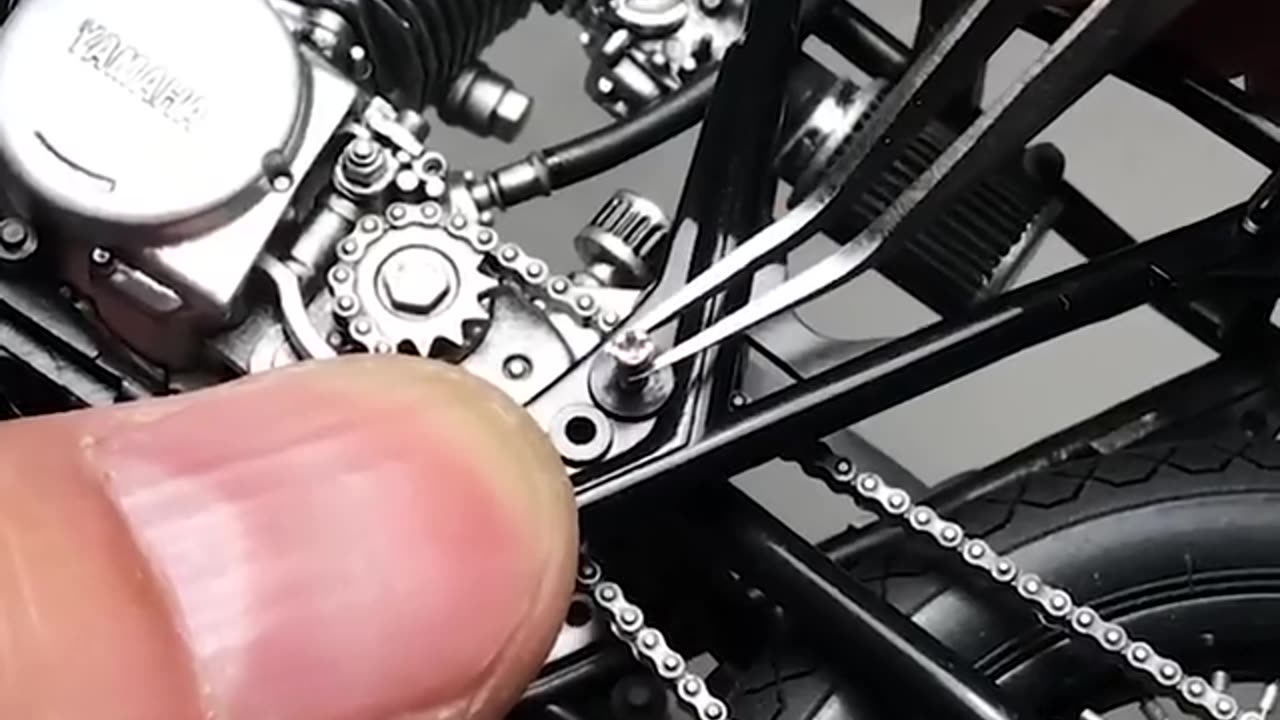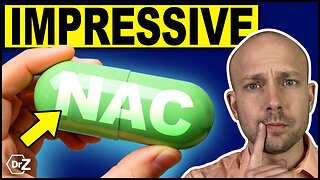Premium Only Content

3D Print Modules
The umbrella term additive manufacturing (AM) gained popularity in the 2000s,[7] inspired by the theme of material being added together (in any of various ways). In contrast, the term subtractive manufacturing appeared as a retronym for the large family of machining processes with material removal as their common process. The term 3D printing still referred only to the polymer technologies in most minds, and the term AM was more likely to be used in metalworking and end-use part production contexts than among polymer, inkjet, or stereolithography enthusiasts.
By the early 2010s, the terms 3D printing and additive manufacturing evolved senses in which they were alternate umbrella terms for additive technologies, one being used in popular language by consumer-maker communities and the media, and the other used more formally by industrial end-use part producers, machine manufacturers, and global technical standards organizations. Until recently, the term 3D printing has been associated with machines low in price or in capability.[8] 3D printing and additive manufacturing reflect that the technologies share the theme of material addition or joining throughout a 3D work envelope under automated control. Peter Zelinski, the editor-in-chief of Additive Manufacturing magazine, pointed out in 2017 that the terms are still often synonymous in casual usage,[9] but some manufacturing industry experts are trying to make a distinction whereby additive manufacturing comprises 3D printing plus other technologies or other aspects of a manufacturing process.[9]
Other terms that have been used as synonyms or hypernyms have included desktop manufacturing, rapid manufacturing (as the logical production-level successor to rapid prototyping), and on-demand manufacturing (which echoes on-demand printing in the 2D sense of printing). The fact that the application of the adjectives rapid and on-demand to the noun manufacturing was novel in the 2000s reveals the long-prevailing mental model of the previous industrial era during which almost all production manufacturing had involved long lead times for laborious tooling development. Today, the term subtractive has not replaced the term machining, instead complementing it when a term that covers any removal method is needed. Agile tooling is the use of modular means to design tooling that is produced by additive manufacturing or 3D printing methods to enable quick prototyping and responses to tooling and fixture needs. Agile tooling uses a cost-effective and high-quality method to quickly respond to customer and market needs, and it can be used in hydro-forming, stamping, injection molding and other manufacturing processes.
-
 LIVE
LIVE
LFA TV
11 hours agoBREAKING: CHARLIE KIRK ASSASSINATED - WEDNESDAY 9/10/25
4,262 watching -
 1:14:30
1:14:30
Redacted News
1 hour agoBREAKING! CHARLIE KIRK SHOT BY ASSASSIN IN UTAH, TRUMP CALLS FOR NATIONAL PRAYERS
141K229 -
 3:50:27
3:50:27
Right Side Broadcasting Network
7 hours agoLIVE REPLAY: Latest News from the Trump White House - 9/10/25
234K81 -
 1:12:05
1:12:05
vivafrei
5 hours agoLegacy Media is the Enemy of the People! Israel Stikes Qatar, U.S., Gets Mad! AOC So Stupid & MORE!
87.1K59 -
 52:13
52:13
The Quartering
4 hours agoRace War Nears, Russia Makes Huge Mistake, Fauci Bombshell & More
115K74 -
 LIVE
LIVE
Dr Disrespect
6 hours ago🔴LIVE - DR DISRESPECT - THE FINALS - NEW SEASON 8 LAUNCH EVENT W/ THE SHOTTY BOYS
1,251 watching -
 1:44:11
1:44:11
Darkhorse Podcast
4 hours agoWe are waking up, but at a terrible price: The 294th Evolutionary Lens with Bret Weinstein and Heather Heying
123K13 -
 11:49
11:49
Dr. Nick Zyrowski
9 days ago12 Unusual NAC ( N-Acetyl Cysteine) Questions Nobody Ever Answers
140K11 -
 1:03:45
1:03:45
Russell Brand
5 hours agoWW3 IMMINENT! Israel & Russia Strikes Leave World “ON THE BRINK” - SF631
234K69 -
 56:18
56:18
Tucker Carlson
4 hours agoSam Altman on God, Elon Musk and the Mysterious Death of His Former Employee
121K115